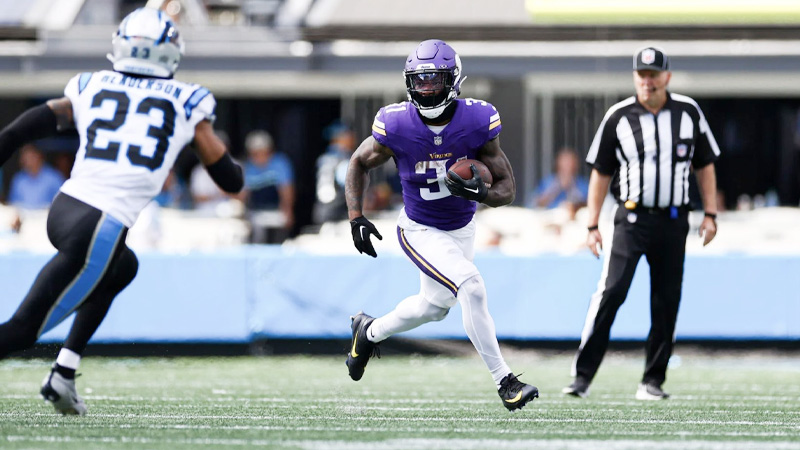Football, with its intricate strategies and dynamic plays, is a sport rich in statistics and metrics that dissect every aspect of the game.
Among these, rushing yards stand out as a fundamental indicator of a team’s ability to control the field and secure victory.
In this blog post, we delve into the core concept of rushing yards in football, uncovering their significance and how they shape the narrative of a game. Rushing yards are more than just numbers on a stat sheet.
They embody the relentless determination of running backs and quarterbacks as they navigate through the opposing defense, striving to gain valuable yards inch by inch. But, as with any statistic, there’s much more beneath the surface.
We’ll explore the nuances, limitations, and historical evolution of rushing yards to provide a comprehensive understanding of their role in the modern game. Stay focused.
What Are Rushing Yards In Football?
Rushing yards in football refer to the total yardage gained by a team’s running backs and sometimes quarterbacks when they carry the ball during a game.
It is a crucial statistic in American football and Canadian football, highlighting a team’s ability to advance the ball on the ground rather than through passing plays.
When a player receives a handoff or takes a direct snap and runs with the football, the distance they cover before being tackled or going out of bounds contributes to their rushing yards.
These yards are essential for controlling the game’s tempo, wearing down the opposing defense, and maintaining offensive balance.
Rushing yards are a key metric in evaluating a running back’s performance and a team’s overall ground game effectiveness.
How Rushing Yards Are Calculated?
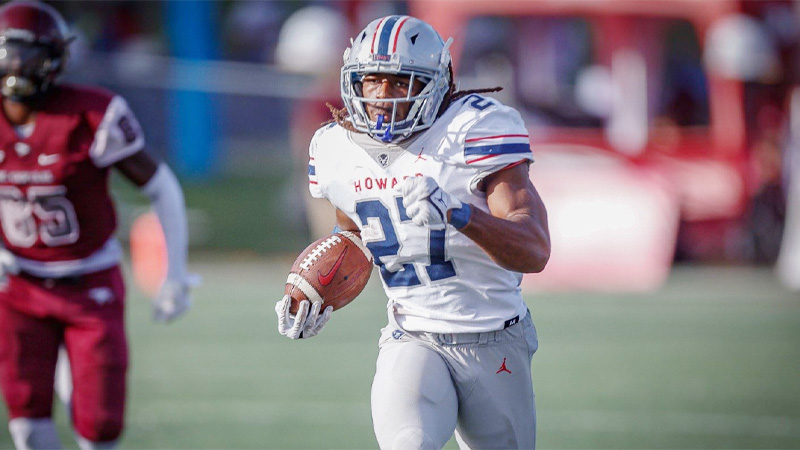
Rushing yards in football are calculated by tracking the distance a player advances with the football on running plays. Here’s how they are typically calculated:
Starting Point
The calculation begins at the line of scrimmage, which is where the play begins. This is the yard line where the ball is snapped to the quarterback or handed off to a running back.
Ending Point
The calculation ends when the ball carrier is tackled by a defender, goes out of bounds, or scores a touchdown. The yard line where the play ends is noted.
Yardage Gained
The rushing yards gained on that play are the difference between the ending point and the starting point. If a player starts at the 20-yard line and is tackled at the 30-yard line, they would have gained 10 rushing yards on that play.
Cumulative Total
The rushing yards for a player or team are the sum of all these individual gains over the course of a game.
It’s important to note that rushing yards can be negative if the ball carrier is tackled behind the line of scrimmage, indicating a loss of yardage on the play.
The Historical Perspective of Rushing Yards
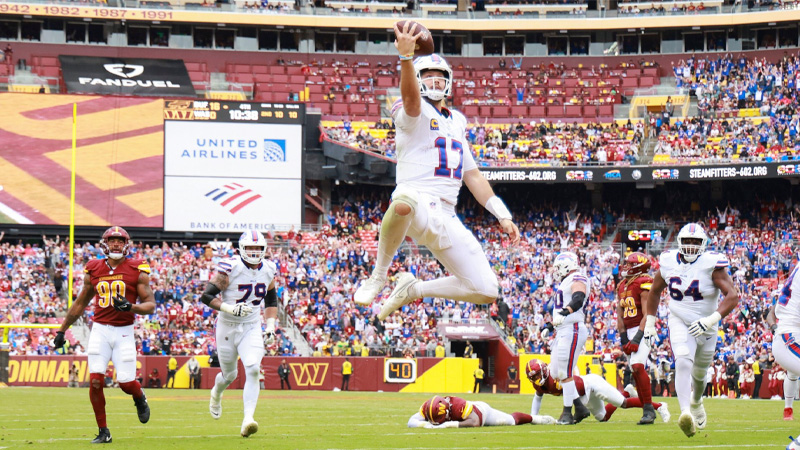
The concept of rushing yards in American football has a long and evolving historical perspective that reflects the evolution of the sport itself:
Early Football
In the late 19th century, when American football was still in its formative years, rushing yards were not a prominent statistic.
The game was much more chaotic, with minimal structure and rules. Teams primarily used rugby-style running and lateral passes.
1906 Forward Pass Rule
The introduction of the forward pass in 1906 by football rule changes significantly altered the game. Teams began incorporating passing plays into their strategies, which led to a balance between rushing and passing yards.
Rushing yards gained importance as teams looked to establish a ground game to complement their passing attack.
The Era of Running Backs
In the mid-20th century, running backs like Jim Brown, Walter Payton, and Emmitt Smith became iconic figures in football history.
They accumulated massive rushing yard totals, and rushing became a focal point of offensive strategies. The running game was seen as a way to control the clock and wear down opposing defenses.
Modern Era
In recent decades, the NFL has seen a shift towards more pass-oriented offenses, influenced by rule changes that favor passing plays.
Despite this, running backs like Adrian Peterson and Derrick Henry have continued to amass impressive rushing yard totals, proving the enduring significance of the ground game.
Analytics and Metrics
With advancements in analytics, football statisticians and enthusiasts have developed more sophisticated metrics to evaluate rushing performance, such as yards per carry, and rushing touchdowns, and advanced metrics like success rate and expected points added.
Rushing yards have always been a fundamental aspect of football, showcasing a team’s ability to gain yardage on the ground.
While the emphasis on passing has grown over the years, rushing yards remain a critical statistic for evaluating a team’s offensive effectiveness and the performance of running backs.
Relationship Between Rushing and Winning
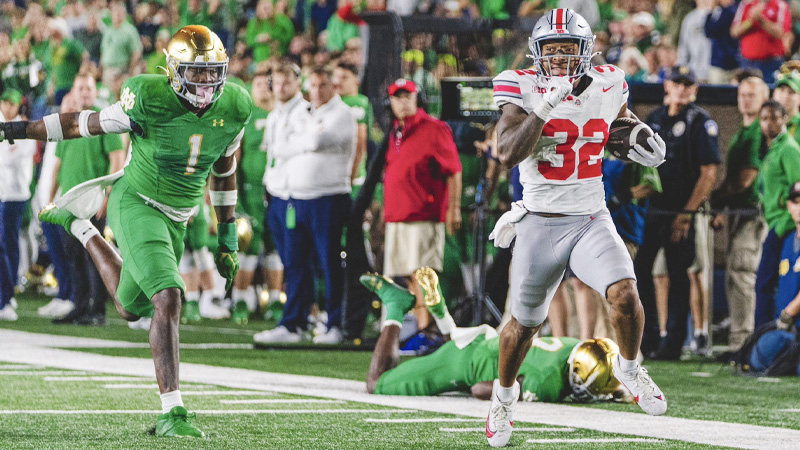
The relationship between rushing and winning in football is complex and has evolved over time.
While rushing success has historically been seen as a key indicator of a team’s ability to control the game and secure victories, the importance of rushing has evolved with changes in offensive strategies, rule changes, and the development of the passing game.
Here are some key points to consider:
Historical Emphasis
In the early years of football, a strong rushing attack was often synonymous with winning.
Teams relied heavily on the ground game to control the clock, move the chains, and wear down the opposing defense. This led to a strong correlation between rushing success and winning.
Balanced Offense
As the passing game evolved and became more prevalent, the emphasis on a balanced offensive approach emerged.
Teams that could effectively run and pass the ball became more versatile and difficult to defend. Balance in offensive strategies reduced the strict dependency on rushing yards as the sole predictor of victory.
Modern Passing Game
In today’s NFL and many high-level football leagues, passing has become the dominant offensive strategy.
Rule changes, quarterback talent, and innovative passing schemes have made the passing game highly efficient. Teams often prioritize passing efficiency over rushing yardage.
Game Situation
The importance of rushing yards can vary depending on the game situation. When a team has a lead in the second half, it may rely more on the running game to control the clock and protect the lead.
Conversely, a team trailing by a significant margin may abandon the run in favor of the pass to catch up quickly.
Defensive Factors
The quality of a team’s defense also plays a crucial role in the relationship between rushing and winning.
A strong defense can create turnovers, provide good field position, and force the opposing team to pass more, which can impact rushing statistics.
While there is still a correlation between rushing success and winning in football, it is not as straightforward as it once was.
Modern football strategies, rule changes, and the evolution of the passing game have led to a more nuanced relationship.
Challenges and Limitations of Rushing Yards
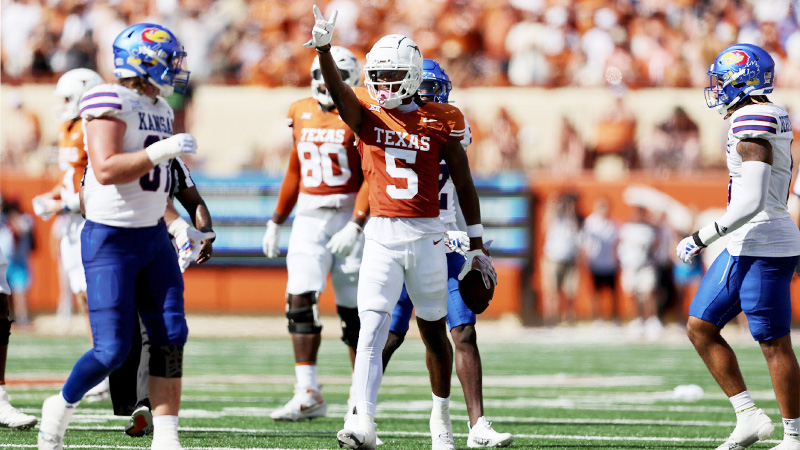
Rushing yards are a valuable statistic in football, but they also come with challenges and limitations that must be considered when evaluating a player or team’s performance:
Variability in Offensive Line
A significant portion of a player’s rushing success depends on the offensive line’s performance.
An elite offensive line can create running lanes, while a struggling line can hinder a running back’s ability to gain yards. Rushing yards don’t always reflect the individual skill of the running back.
Game Situation
Rushing yards can be heavily influenced by the game situation. When a team is trailing late in a game, they may abandon the run in favor of passing, even if the running back is performing well.
Conversely, a team with a big lead may run the ball more to control the clock, artificially inflating rushing yardage.
Quality of Opposing Defense
The strength of the opposing defense can significantly impact rushing yards. Facing a top-ranked run defense can make it challenging for a running back to accumulate yards, even if they are talented.
Conversely, facing a weak defense can lead to inflated rushing yardage totals.
Negative Yards
Rushing yards can include negative yardage plays when a running back is tackled behind the line of scrimmage. These negative plays can reduce a player’s overall rushing yardage and efficiency.
Yards After Contact
Rushing yards do not capture a running back’s ability to gain yards after initial contact. Some running backs excel at breaking tackles and gaining extra yardage, which is not fully reflected in rushing yardage alone.
Lack of Context
Rushing yards provide limited context about the quality of each carry. A long run for a touchdown can significantly boost rushing yards, but it may not accurately represent the running back’s consistency or effectiveness throughout the game.
Game Plan and Play Calling
Coaches and offensive coordinators play a significant role in determining the number of rushing attempts and the success of the ground game. Game plans and play calling can vary from game to game, affecting rushing yardage totals.
Era and Rule Changes
The importance of rushing yards has evolved over time due to rule changes and shifts in offensive strategies.
In modern football, passing has become more prominent, impacting the significance of rushing statistics.
To overcome these limitations and gain a more comprehensive understanding of a player’s performance, football analysts and coaches often use advanced metrics and statistics like yards per carry, success rate, and situational statistics that account for game context.
Impact of Rushing Yards on Long-Term Performance
The impact of rushing yards on a football player’s long-term performance and career can vary depending on various factors, including the player’s position, style of play, durability, and the team they are a part of.
Here are some key points to consider regarding the influence of rushing yards on a player’s career:
Running Backs
For running backs, rushing yards are a critical factor in determining their value and longevity in the league.
Accumulating high rushing yardage totals over multiple seasons can lead to recognition, accolades, and a longer career. It can also result in lucrative contracts and endorsements.
However, the physical toll of carrying the ball frequently can lead to a shorter career due to the risk of injury and wear and tear on the body.
Positional Variations
Other positions, such as quarterbacks and wide receivers, may not rely on rushing yards as heavily for their long-term success.
While rushing yards can be a bonus for these players, their primary contribution often comes from passing or receiving statistics.
Mobile quarterbacks, like Lamar Jackson, may be an exception as rushing yards can be a significant part of their overall impact.
Style of Play
Running backs with a punishing, physical style of play may see their careers shortened due to the physical demands of running between the tackles and taking hits.
Conversely, running backs with a more elusive style that avoids direct contact may have longer careers.
Durability
The ability to consistently produce rushing yards year after year often depends on a player’s durability and ability to avoid major injuries. Players who can stay healthy tend to have longer and more successful careers.
Team and Offensive System
A player’s rushing yards can be influenced by the team they play for and the offensive system in place.
A well-coached team with a strong offensive line and effective play-calling can help a running back achieve higher rushing yardage totals.
Age and Decline
As running backs age, their production in terms of rushing yards may decline due to reduced speed and agility. This can impact their long-term performance and lead to a decrease in opportunities.
Market Value
Rushing yards can impact a player’s market value in terms of contract negotiations and endorsements. High rushing yardage totals can translate to higher earning potential during and after a player’s career.
Rushing yards can play a significant role in a football player’s long-term performance and career, particularly for running backs. However, it is just one aspect of a player’s overall contribution to their team’s success.
FAQs
What are rushing yards in football?
Rushing yards in football refer to the total yardage gained by a team’s running backs and sometimes quarterbacks when they carry the ball during a game. It measures how far the offense advances the ball on running plays.
Why are rushing yards important in football?
Rushing yards are important as they reflect a team’s ability to move the ball on the ground, control the clock, and maintain offensive balance. They contribute to offensive success and can wear down opposing defenses.
Are negative rushing yards counted in the total?
Yes, negative rushing yards, which occur when a ball carrier is tackled behind the line of scrimmage, are subtracted from the total rushing yards. They represent plays where the offense loses yardage.
Can quarterbacks’ rushing yards count toward the team’s total?
Yes, if a quarterback carries the ball and gains yardage on a running play, those yards are included in the team’s total rushing yards for the game.
How do rushing yards relate to a player’s performance?
Rushing yards are a key metric for evaluating a running back’s performance.
Higher rushing yardage often signifies a strong running attack, but it’s essential to consider factors like yards per carry and game situation for a comprehensive assessment of a player’s performance.
Wrapping Up
In the complex world of football, rushing yards remain a timeless yardstick of a team’s ground game prowess.
These numbers encapsulate the spirit of grit and strategy that defines the sport, offering insights into a team’s ability to move the ball, control the clock, and emerge victorious.
As we’ve seen, while rushing yards have evolved in significance over time, they continue to be a vital element in the grand narrative of football.
Whether you’re a seasoned fan or a newcomer to the game, understanding rushing yards adds depth to your appreciation of this exhilarating sport.
So, the next time you watch a football game, keep a keen eye on those rushing yards, and you’ll gain a richer perspective on the unfolding drama on the gridiron. Best wishes.

